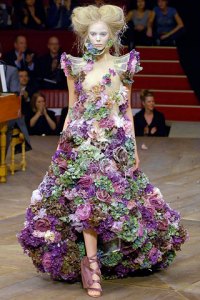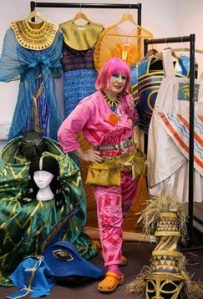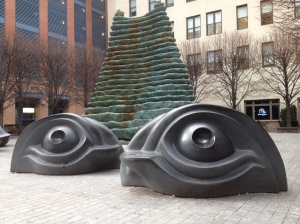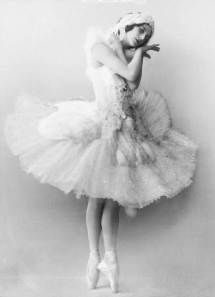Validating the Artist’s Intent Is Not Validating the Artist’s Word
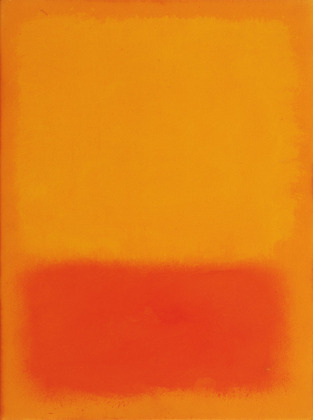 Among our favorite topics at The Muse Dialogue is that great question at the center of our world: What is art? Into the fray enters Andrea Romero. Romero is struggling with the tension of knowing that art exists but being unable to define it. Art is not simply whatever we want it to be or whatever we say it is — for if that were the case, then the word would be irrelevant entirely. Yet as soon as we use the word, consensus seems perhaps a distant hope. Romero writes, “It would be too easy to reconcile the conflict by simply accepting that certain concepts are ineffable and that language is just a placeholder. Art exists – I will never debate that, but it is rather frustrating to be unable to define something I value so deeply.”
Among our favorite topics at The Muse Dialogue is that great question at the center of our world: What is art? Into the fray enters Andrea Romero. Romero is struggling with the tension of knowing that art exists but being unable to define it. Art is not simply whatever we want it to be or whatever we say it is — for if that were the case, then the word would be irrelevant entirely. Yet as soon as we use the word, consensus seems perhaps a distant hope. Romero writes, “It would be too easy to reconcile the conflict by simply accepting that certain concepts are ineffable and that language is just a placeholder. Art exists – I will never debate that, but it is rather frustrating to be unable to define something I value so deeply.”
Join her as she explores this ever compelling topic, as she contemplates what artists intend in their work and what they and we have to say about them in her essay “Validating the Artist’s Intent Is Not Validating the Artist’s Word” (click here to read full article).

